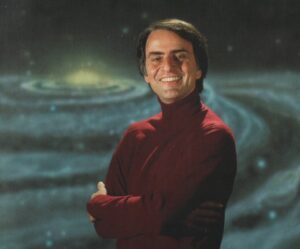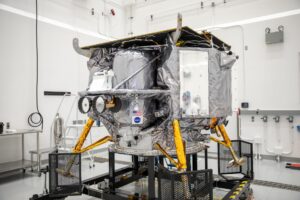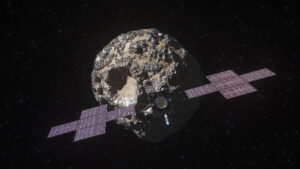The "Space Dads" return to Earth
NASA’s Commercial Crew Astronauts Bob Behnken and Doug Hurley returned to planet Earth after 63 days aboard the International Space Station. On August 3, 2020, they landed off the coast of Pensacola, Florida, in the waters of the Gulf of Mexico at about 1:48pm CT. In press conferences following the days of their descent, they described their launch and landing in the brand new SpaceX Crew Dragon capsule as nearly flawless. This is great news for the SpaceX and NASA teams, who were bustling in preparation for the next flight in the Crew Dragon series: Crew-1.
Reusing rockets, reusing capsules
In order to reduce the cost of access to space, SpaceX has concerned itself with reusing its rocket hardware. Since its founding in 2002, the team has spent years learning all of the hard lessons that come along with reusability. Fast-forward to 2020, and they make it look easy, landing and re-using their rockets, payload fairings, and cargo capsules for nearly every mission.
At the start of their Commercial Crew contract with NASA, however, it was determined that they would supply a new rocket booster and new Crew Dragon capsule for each mission. But, after the successful launch of the DM2 mission, that all changed.
NASA’s Stephanie Schierholz explained, “SpaceX has proposed to reuse future Falcon 9 and/or Crew Dragon systems… for NASA missions to the International Space Station because they believe it will be beneficial from a safety and/or cost standpoint. NASA performed an in-depth review and determined that the terms of the overall contract modification were in the best interests of the government.”
Sharing the awe and wonder of our planet from space
While aboard the International Space Station, Bob and Doug continuously shared stunning photos of Earth on social media. During a post-landing press conference, I asked them why they felt so compelled to share as much as they did, amidst their very busy work schedule on the Station. They explained that they considered it their “responsibility to share the awe and wonder” of our planet with a world that was experiencing so many challenges on the ground.
Ushering in a new era of human spaceflight
Bob and Doug’s journey began on May 30, 2020, as they took flight on a Falcon 9 rocket from the same launchpad that once sent our Apollo astronauts to the Moon. Kennedy Space Center’s Launchpad 39A continues to build its history-making legacy. With the success of the Crew Dragon DM2 launch, SpaceX became the first commercial company to launch humans to space.
"a new era ... a new generation continuing the dream."
— Cosmic Perspective (@considercosmos) May 31, 2020
Re-live the moment of liftoff! 🚀📽️
It was an uplifting and emotional send off from our view on the ground... and around the world. Congratulations @Astro_Doug and @AstroBehnken and thousands at @NASA @SpaceX #Launchamerica pic.twitter.com/2MoYJ5r9Ck
The "Lucky" Pioneers
Astronauts Behnken and Hurley were the brave pioneers of this new era, the first to test out the brand new Crew Dragon capsule. Though the spacecraft is fully autonomous, they tested the manual take-over controls before docking at the International Space Station just 19 hours after launch. Immediately after docking, the SpaceX and NASA Commercial Crew Program teams worked tirelessly, pouring over all of the data to help inform the next mission in the Crew Dragon series: Crew-1, which is set to take NASA astronauts Mike Hopkins, Victor Glover, and Shannon Walker, and JAXA astronaut Soichi Noguchi, on the first operational Crew Dragon flight to the International Space Station later this year.
Video & Footage: Ryan Chylinski, cosmicperspective.com / some original footage by NASA



